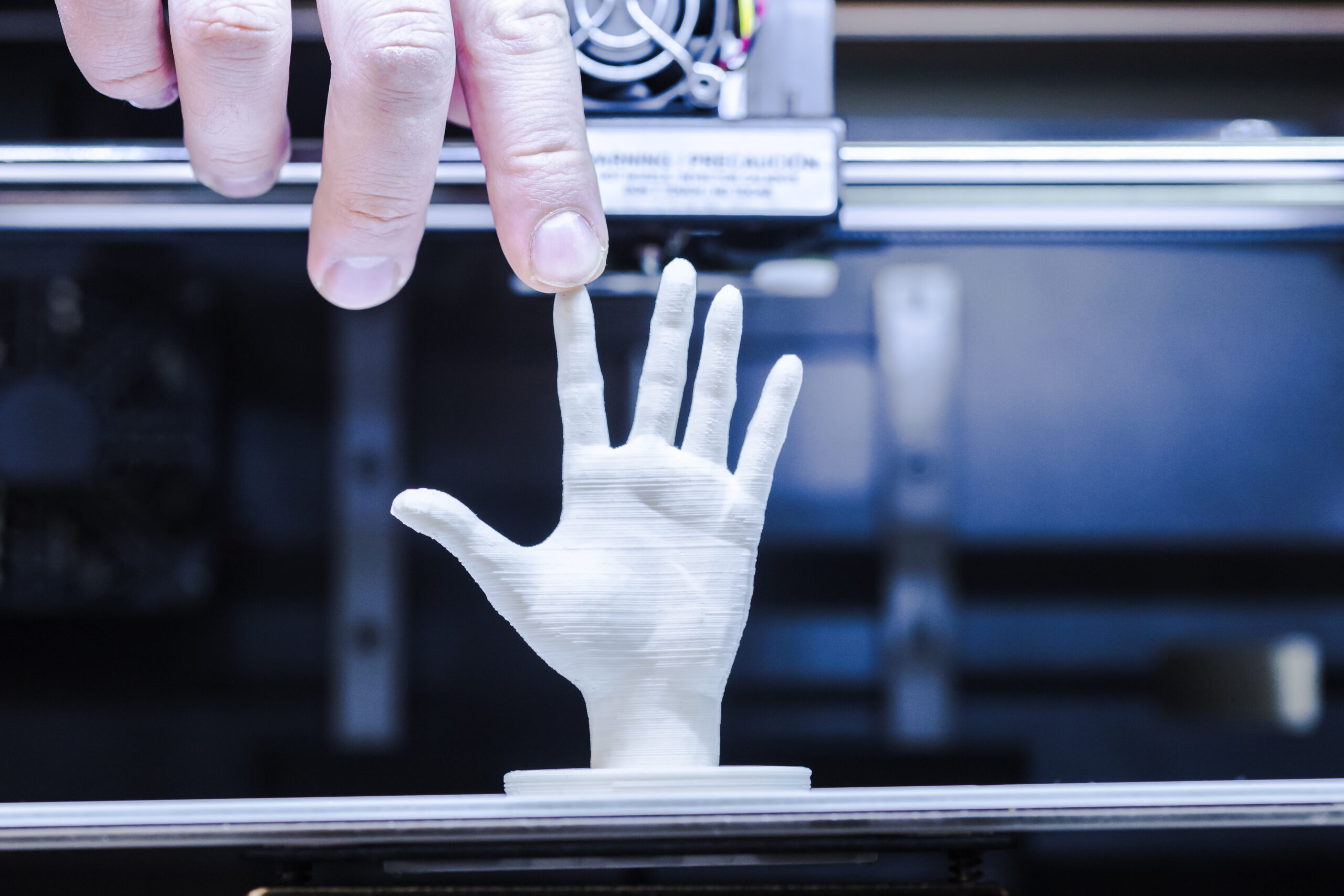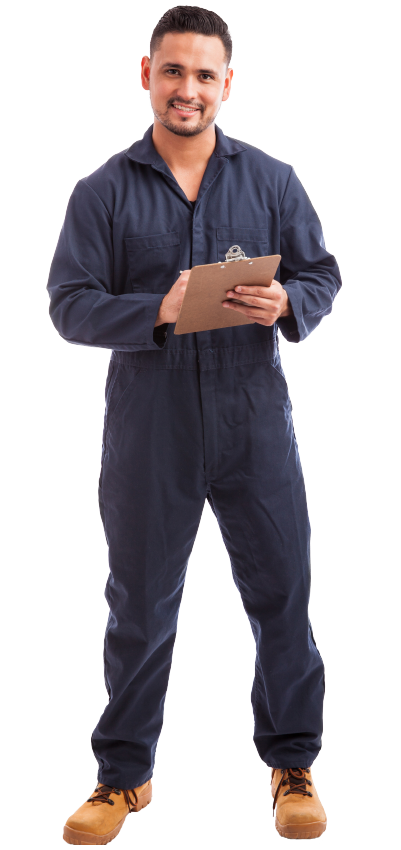Prototyping

From prototyping to manufacturing complex parts, Intricate models, Patient-specific implants, Optimized weight and strength components, Manufyn has capability to handle all sizes of prototyping and 3D printing requirements.
Manufyn offers elaborative 3D printing services with advantages such as rapid turnaround, cost-effectiveness for low-volume production, and the ability to create complex geometries that are challenging with traditional manufacturing methods.
Both prototyping and 3D printing are valuable tools in product development, allowing designers and engineers to visualize and test their ideas before committing to mass production. They help identify design flaws early, reduce development time, and ultimately lead to more refined and successful products.
Prototyping:
Prototyping involves creating a preliminary version of a product to evaluate its design, functionality, and performance. Prototypes can range from basic mock-ups to fully functional models. Here’s how the prototyping process generally works:
1. Conceptualization and Design:
- Initial ideas and concepts are translated into design sketches, CAD (Computer-Aided Design) models, or digital prototypes.
2. Prototyping Methods:
- Different methods can be used for prototyping, including 3D printing, CNC machining, manual fabrication, and more.
3. Building the Prototype:
- Using the chosen method, the prototype is built to visualize the design and test its feasibility.
4. Testing and Iteration:
- The prototype is tested for functionality, fit, and other aspects. Feedback is collected for potential design improvements.
5. Refinement and Finalization:
- Based on test results, the design is refined, and the prototype is updated accordingly.
6. Validation and Production:
- Once the prototype meets the desired criteria, it’s used for validation and can serve as a reference for mass production.
3D Printing:
3D printing, also known as additive manufacturing, is a process of creating three-dimensional objects layer by layer from digital models. It allows for intricate designs and rapid prototyping. Here’s how the 3D printing process generally works:
1. Design Creation:
- A 3D model is created using CAD software or obtained from 3D scanning.
2. Slicing:
- The 3D model is sliced into thin layers using slicing software, which generates instructions for the printer.
3. Printing:
- The 3D printer deposits material layer by layer to create the physical object.
- Different types of 3D printing technologies exist, such as Fused Deposition Modeling (FDM), Stereolithography (SLA), Selective Laser Sintering (SLS), and more.
4. Post-Processing:
- After printing, some objects may require post-processing, such as cleaning, curing, or finishing.
5. Testing and Iteration:
- The printed prototype is tested and evaluated for functionality and design accuracy.
6. Refinement and Reprinting:
- Based on test results, the design can be refined and reprinted if necessary.
Commodities
Brochures
View our 2023 brochure for an easy to read guide on all of the services offer.

